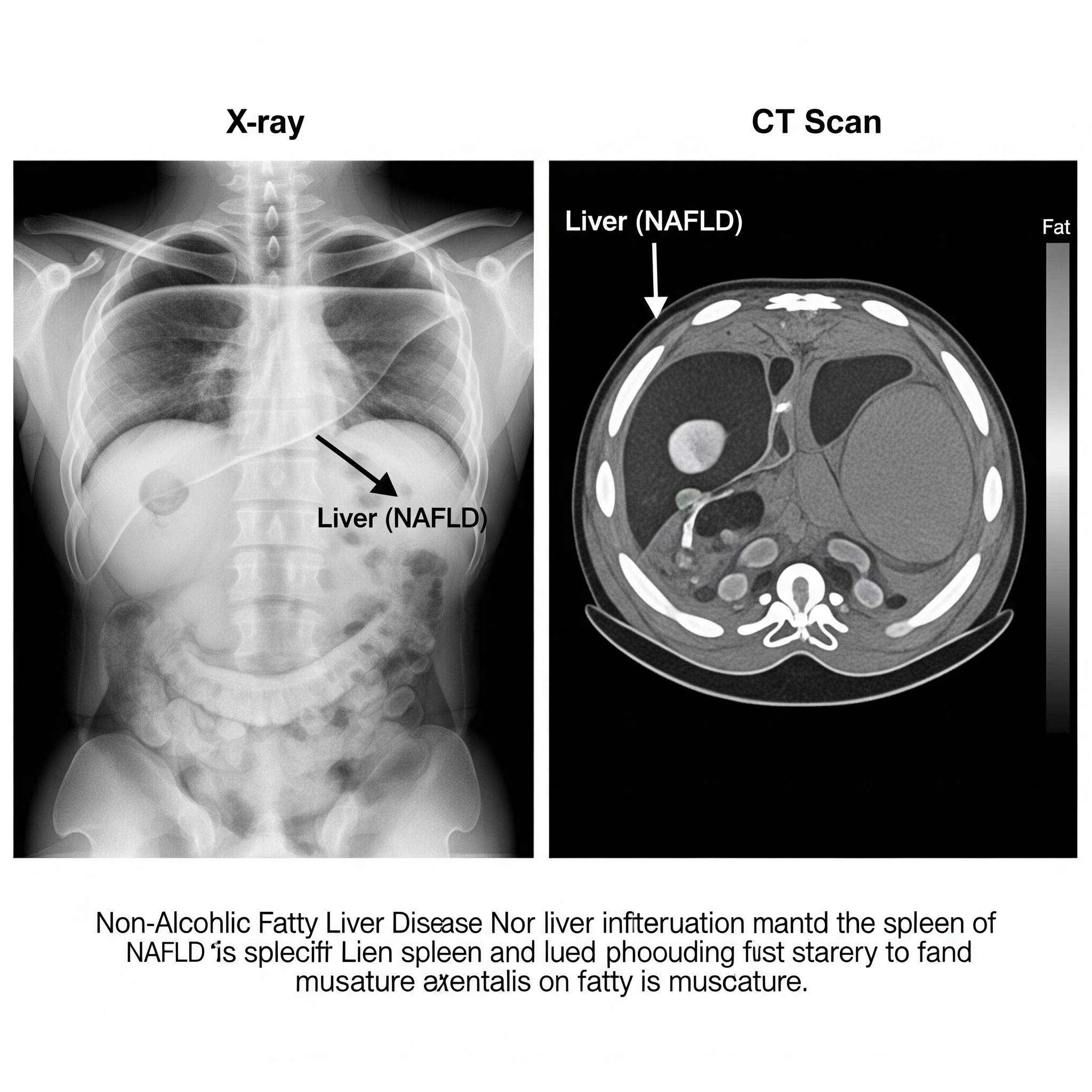Metabolic Shadows: Early Detection of Non-Alcoholic Fatty Liver Disease Using Combined Biomarkers and Ultrasound in Primary Care
Keywords:
NAFLD, Primary Care, Biomarkers, Ultrasound, Internal MedicineAbstract
Background: Non-alcoholic fatty liver disease (NAFLD) is now recognized as the most common chronic liver disease globally, affecting nearly one in four adults. Despite its prevalence, NAFLD is often underdiagnosed in primary care, where opportunities for early intervention are frequently missed. Reliable, accessible tools for early detection are urgently needed to prevent progression to cirrhosis and hepatocellular carcinoma.
Objective: To evaluate the diagnostic accuracy of a combined approach using serum biomarkers and liver ultrasound for early detection of NAFLD in primary care settings.
Methods: A cross-sectional study was conducted between January and December 2023 in six primary care centers across northern Italy. A total of 1,120 adults aged 25–65 years without known liver disease underwent screening. Liver ultrasound was performed by trained radiologists, and serum biomarkers (ALT, AST, FIB-4 index, triglycerides) were measured. Logistic regression models and ROC curve analysis were used to assess predictive value.
Results: The overall prevalence of NAFLD was 32.4%. Biomarkers alone achieved a diagnostic accuracy with AUC of 0.84 (95% CI: 0.81–0.87), while ultrasound alone yielded AUC 0.88 (95% CI: 0.85–0.90). The combined model (biomarkers + ultrasound) demonstrated superior performance, with AUC 0.91 (95% CI: 0.89–0.93), sensitivity 86.2%, and specificity 82.7%. Independent predictors of NAFLD included BMI ≥30 (OR: 2.9, p < 0.001), elevated triglycerides (OR: 2.2, p < 0.01), and ALT >40 U/L (OR: 2.6, p < 0.001).
Conclusion: Integrating simple biomarker screening with liver ultrasound significantly improves early detection of NAFLD in primary care. This combined approach is feasible, cost-effective, and could be incorporated into routine health checks to prevent advanced liver disease.
Downloads





